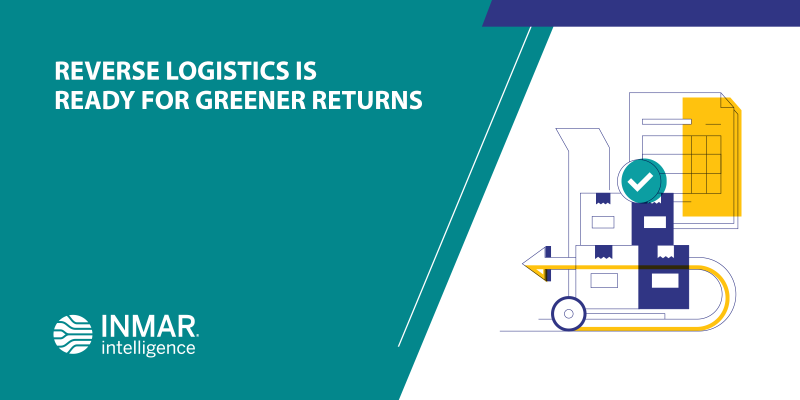
Full story published in Reverse Logistics Association
Reverse logistics is transitioning from a traditional linear method to a more sustainable circular process. Changes in shopper behaviors, rising returns, landfill capacity, escalating emissions, emerging supply chain visibility technologies — they’re all contributing to a better understanding of how consumption and the extended value chain impact our planet.
A true circular economy includes sustainable products with after-life applications, and perhaps more importantly, processes that support economic circularity. And shoppers are ready for it.
A recent survey of US consumers by Forrester, a global market research firm, revealed:
- 33 percent think more about the planet now than they did before the pandemic
- 31 percent spend more time thinking about global challenges
- 32 percent plan to prioritize companies actively reducing their environmental impact
- 68 percent plan to step up their efforts to identify eco-friendly brands
- 61 percent seek out energy-efficient labels when making purchases
Corporations taking proactive measures to reduce their carbon footprint are attracting like-minded consumers. This, combined with the highest return rates in history, makes reinventing reverse logistics a “need” for merchants and a “want” for consumers — two key ingredients for creating truly circular processes.
Embracing an integrated, end-to-end returns platform makes more sustainable returns possible and supports not just profits, but the planet and the people on it. That’s a big step forward for the supply chain industry. And an even bigger step forward in transforming linear business functions into a sustainable circular economy.
